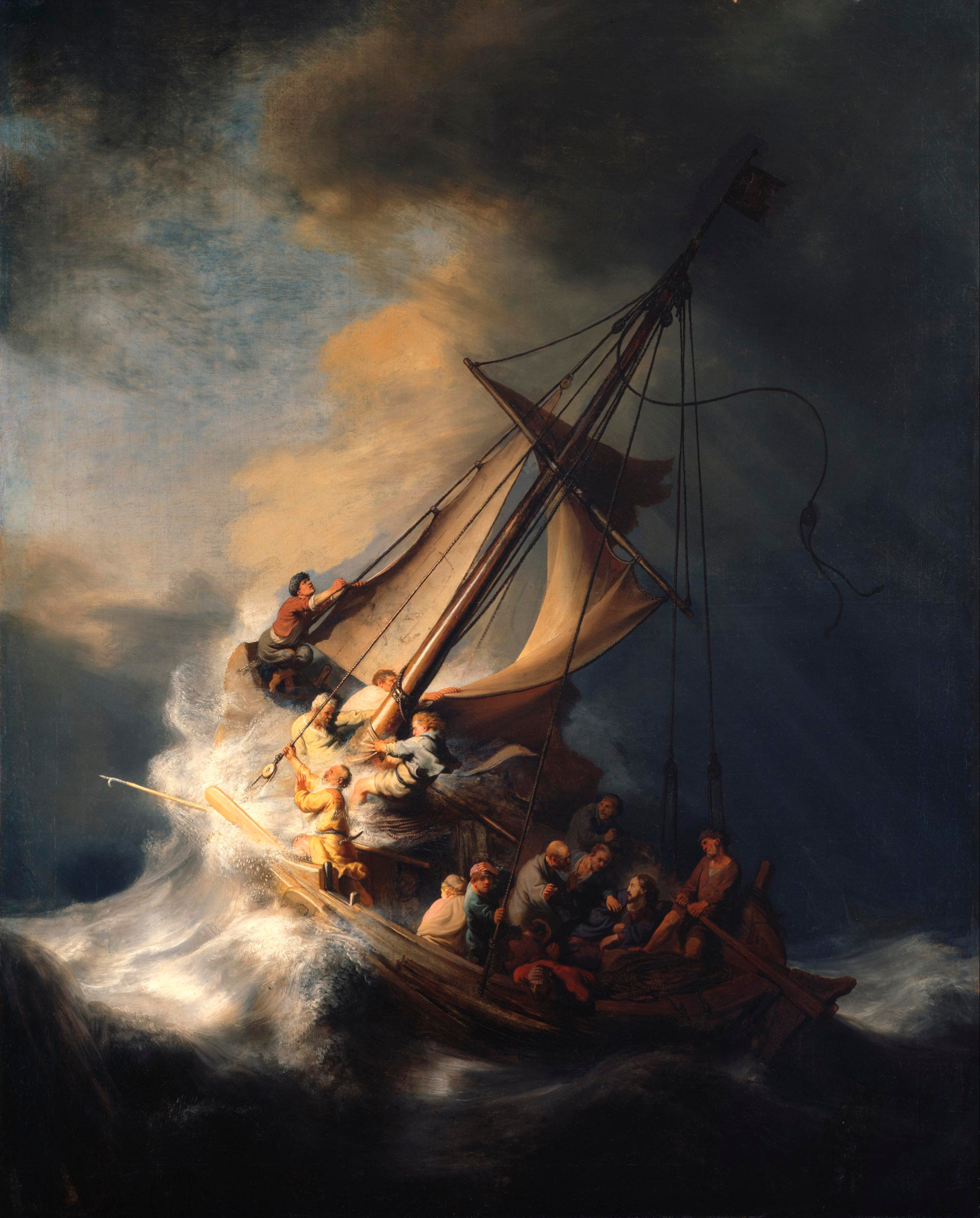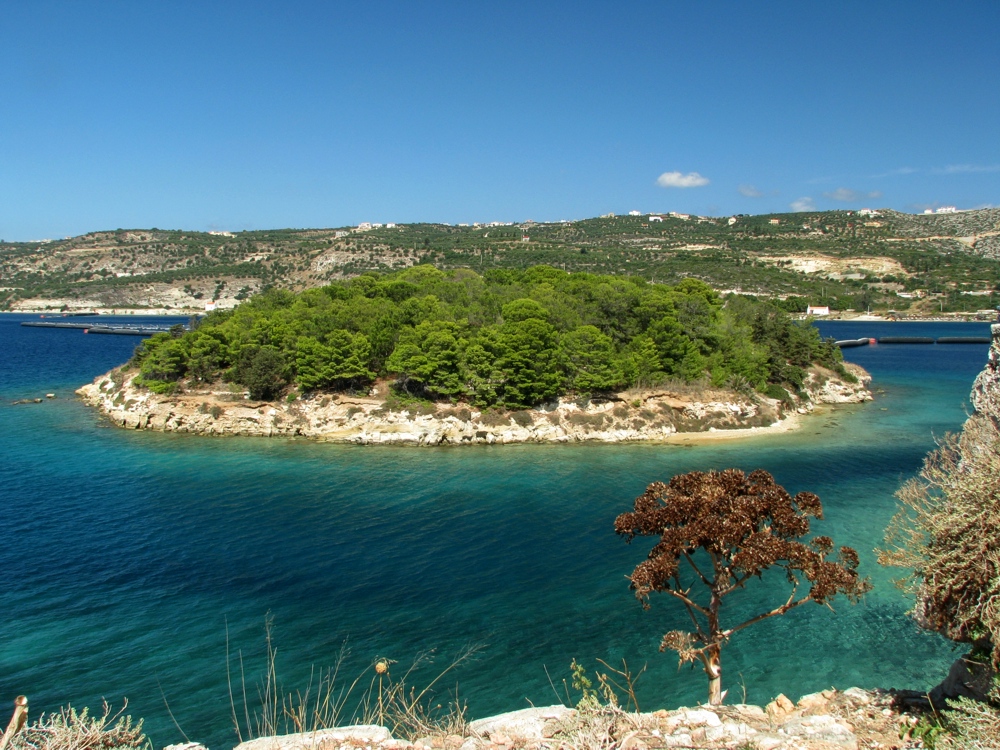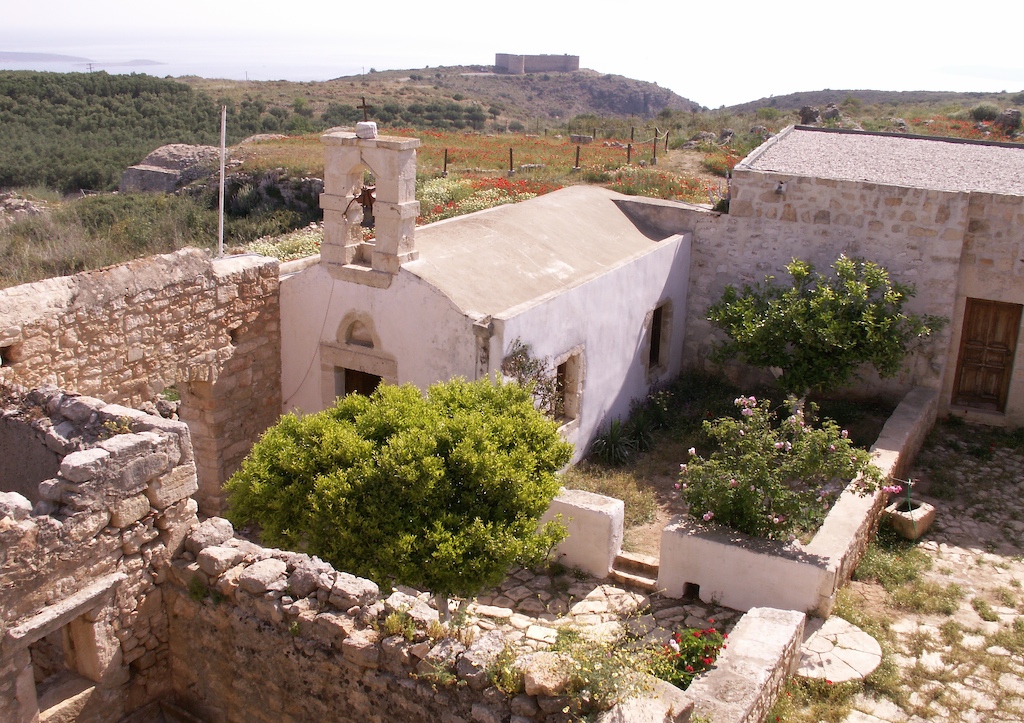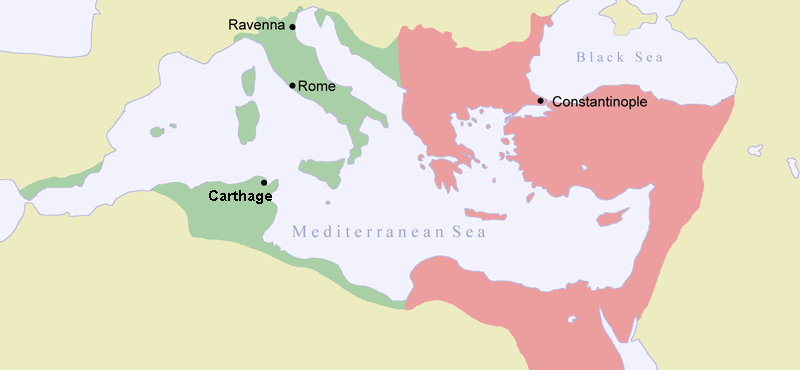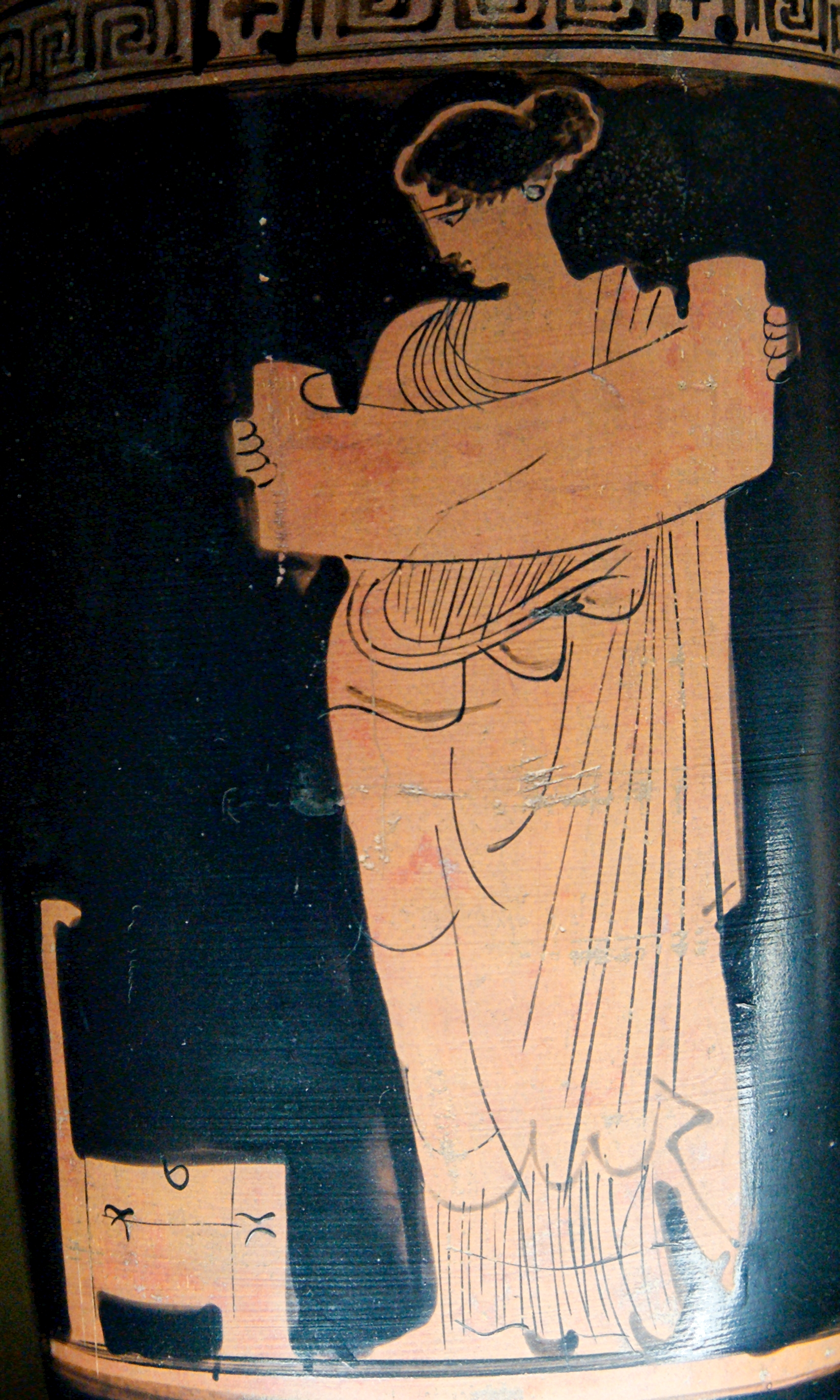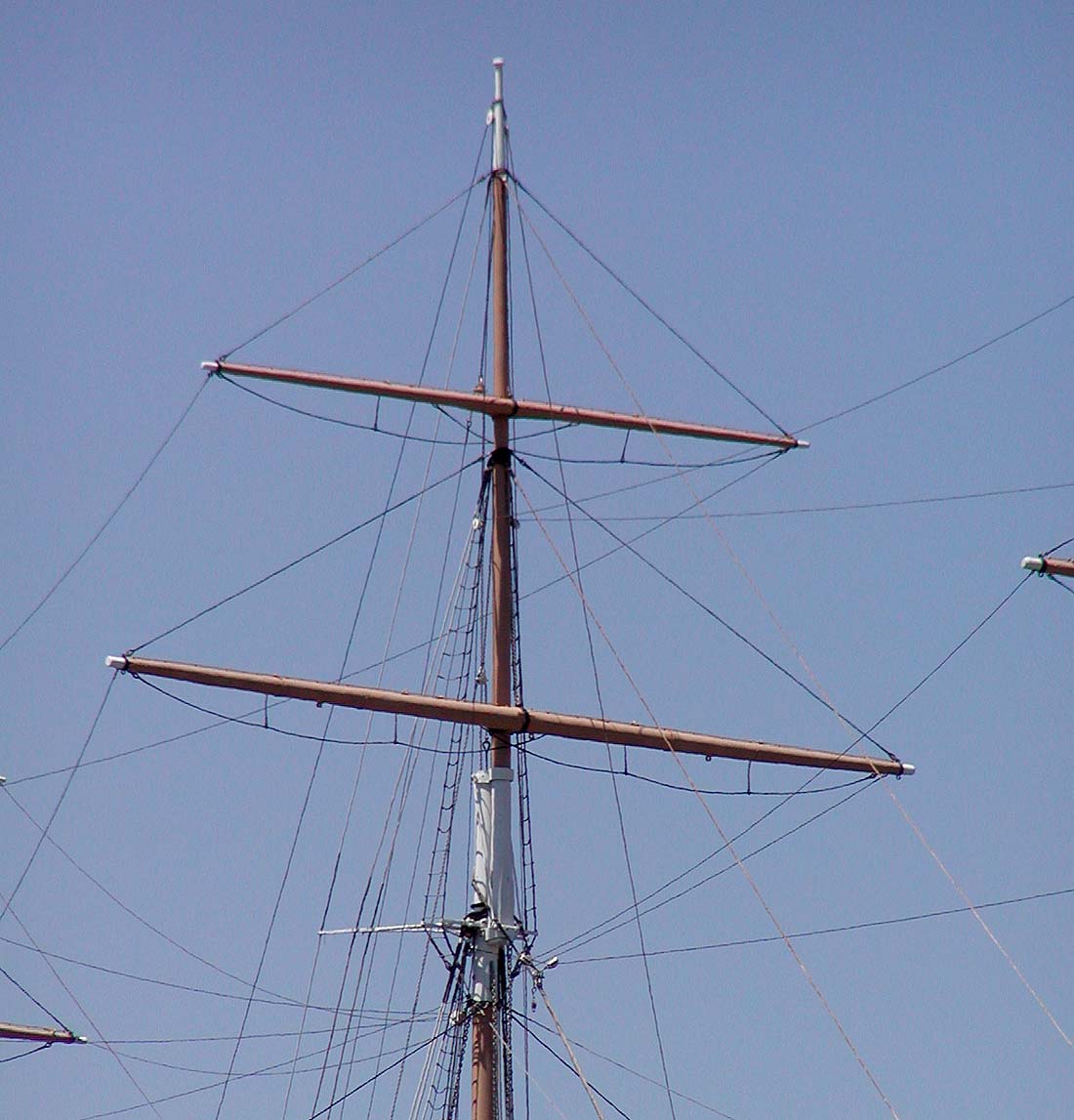|
Sailors' Superstitions
Sailors' superstitions are superstitions particular to sailors or mariners, and which traditionally have been common around the world. Some of these beliefs are popular superstitions, while others are better described as traditions, stories, folklore, trope (literature), tropes, myths, or legends. The origins of many of these superstitions are based in the inherent risks of sailing, and luck, either good or bad, as well as portents and omens that would be given associative meaning in relation to the life of a mariner, sailor, fisherman, or a crew in general. Even in the 21st century, "fishers and related fishing workers" in the U.S. have the second-most dangerous occupation, trailing only lumberjack, loggers. Bad luck By far the best known sailors' superstitions involve bad luck. Red sunrise Sailors are taught if the sunrise is red to take warning. The day ahead will be dangerous. "Red Sky at night, Sailors delight; Red Sky in the morning, Sailors take warning." It may also be ... [...More Info...] [...Related Items...] OR: [Wikipedia] [Google] [Baidu] |
Superstition
A superstition is any belief or practice considered by non-practitioners to be irrational or supernatural, attributed to fate or magic (supernatural), magic, perceived supernatural influence, or fear of that which is unknown. It is commonly applied to beliefs and practices surrounding luck, amulets, astrology, fortune telling, Spirit (animating force), spirits, and certain paranormal wikt: entity, entities, particularly the belief that future events can be foretold by specific unrelated prior events. The word ''superstition'' is also used to refer to a religion not practiced by the majority of a given society regardless of whether the prevailing religion contains alleged superstitions or to all religions by the antireligion, antireligious. Contemporary use Definitions of the term vary, but they commonly describe superstitions as irrational beliefs at odds with scientific knowledge of the world. Stuart Vyse proposes that a superstition's "presumed mechanism of action is inc ... [...More Info...] [...Related Items...] OR: [Wikipedia] [Google] [Baidu] |
Phorcys
In Greek mythology, Phorcys or Phorcus (; ) is a primordial sea god, generally cited (first in Hesiod) as the son of Pontus and Gaia (Earth). Classical scholar Karl Kerenyi conflated Phorcys with the similar sea gods Nereus and Proteus. His wife was Ceto, and he is most notable in myth for fathering by Ceto a host of monstrous children. In extant Hellenistic-Roman mosaics, Phorcys was depicted as a fish-tailed merman with crab-claw legs and red, spiky skin. According to Servius, commentator on the Aeneid, who reports a very ancient version already reflected in Varro, distinct from the Greek vulgate: Phorcos was once king of Sardinia and Corsica; annihilated in a naval battle in the Tyrrhenian Sea, and then shot down by King Atlas with a large part of his army, his companions imagined him transformed into a marine deity, perhaps a monster, half man and half sea ram. Parents According to Hesiod's ''Theogony'', Phorcys is the son of Pontus and Gaia, and the brother of Nereus, ... [...More Info...] [...Related Items...] OR: [Wikipedia] [Google] [Baidu] |
Souda (island)
Souda () is an islet in Souda Bay on the northwest coast of Crete. In ancient times this islet was one of two islets that were referred to as Leukai (Λευκαί). The second islet is known today as Leon. History The island was fortified by the Venetians due to its strategic location, controlling the entrance to the anchorage of Souda Bay (which is still an important Greek and NATO naval base). Although the rest of Crete fell to Ottoman control in the Cretan War (1645–1669), the fortress of Souda (along with the island fortresses of Gramvousa and Spinalonga) remained in Venetian hands until 1715, when they too fell to the Ottomans. During this time, the island served as a refuge for Cretan insurgents. Mythology On the northwest side of the islet, a small distance away, there is another island which is almost round in shape, which used to be referred to on medieval Venetian maps as ''Rabbit Island'' (known as ''Nisi'' and ''Leon'' today). In ancient times these two islet ... [...More Info...] [...Related Items...] OR: [Wikipedia] [Google] [Baidu] |
Aptera, Greece
Aptera ( or ) or Apteron was an ancient city, now an archaeological site in Kalives in western Crete, a kilometre inland from the southern shore of Souda Bay, about 13 km east of the city of Chania in the municipality of Chania. History It is mentioned (A-pa-ta-wa) in Linear B tablets from the 14th-13th centuries Before Christ, BC. With its highly fortunate geographical situation, the city-state was powerful from Minoan civilization, Minoan through Hellenistic times, when it gradually declined. However, the Minoan settlement of the Bronze Age was located about 1.5 km away from Aptera, at the place of the modern Stylos settlement. In Greek mythology, Aptera was the site of the legendary contest between the Siren (mythology), Sirens and the Muses, when after the victory of the Muses, the Sirens lost the feathers of their wings from their shoulders, and having thus become white, cast themselves into the sea. The name of the city literally means "without wings", and the ... [...More Info...] [...Related Items...] OR: [Wikipedia] [Google] [Baidu] |
Stephanus Of Byzantium
Stephanus or Stephen of Byzantium (; , ''Stéphanos Byzántios''; centuryAD) was a Byzantine grammarian and the author of an important geographical dictionary entitled ''Ethnica'' (). Only meagre fragments of the dictionary survive, but the epitome is extant, compiled by one Hermolaus, not otherwise identified. Life Nothing is known about the life of Stephanus, except that he was a Greek grammarian who was active in Constantinople, and lived after the time of Arcadius and Honorius, and before that of Justinian II. Later writers provide no information about him, but they do note that the work was later reduced to an epitome by a certain Hermolaus, who dedicated his epitome to Justinian; whether the first or second emperor of that name is meant is disputed, but it seems probable that Stephanus flourished in Byzantium in the earlier part of the sixth century AD, under Justinian I. The ''Ethnica'' Stephanos' work, originally written in Greek, takes the form of an alphabetical ... [...More Info...] [...Related Items...] OR: [Wikipedia] [Google] [Baidu] |
Muse
In ancient Greek religion and Greek mythology, mythology, the Muses (, ) were the Artistic inspiration, inspirational goddesses of literature, science, and the arts. They were considered the source of the knowledge embodied in the poetry, lyric poetry, lyric songs, and myths that were related orally for centuries in ancient Greek culture. The number and names of the Muses differed by region, but from the Classical Greece, Classical period the number of Muses was standardized to nine, and their names were generally given as Calliope, Clio, Polyhymnia, Euterpe, Terpsichore, Erato, Melpomene, Thalia (Muse), Thalia, and Urania. In modern figurative usage, a muse is a Muse (source of inspiration), person who serves as someone's source of artistic inspiration. Etymology The word ''Muses'' () perhaps came from the Indo-European ablaut#Proto-Indo-European, o-grade of the Proto-Indo-European language, Proto-Indo-European root (the basic meaning of which is 'put in mind' in verb formati ... [...More Info...] [...Related Items...] OR: [Wikipedia] [Google] [Baidu] |
Hera
In ancient Greek religion, Hera (; ; in Ionic Greek, Ionic and Homeric Greek) is the goddess of marriage, women, and family, and the protector of women during childbirth. In Greek mythology, she is queen of the twelve Olympians and Mount Olympus, sister and wife of Zeus, and daughter of the Titans Cronus and Rhea (mythology), Rhea. One of her defining characteristics in myth is her jealous and vengeful nature in dealing with any who offended her, especially Zeus's numerous adulterous lovers and illegitimate offspring. Her iconography usually presents her as a dignified, matronly figure, upright or enthroned, crowned with a ''polos'' or diadem, sometimes veiled as a married woman. She is the patron goddess of lawful marriage. She presides over weddings, blesses and legalises marital unions, and protects women from harm during childbirth. Her sacred animals include the Cattle, cow, cuckoo, and Peafowl, peacock. She is sometimes shown holding a pomegranate as an emblem of immort ... [...More Info...] [...Related Items...] OR: [Wikipedia] [Google] [Baidu] |
Mast (sailing)
The mast of a sailing vessel is a tall spar, or arrangement of spars, erected more or less vertically on the median line of a ship or boat. Its purposes include carrying sails, spars, and derricks, giving necessary height to a navigation light, look-out position, signal yard, control position, radio aerial, or signal lamp. Large ships have several masts, with the size and configuration depending on the style of ship. Nearly all sailing masts are guyed. Until the mid-19th century, all vessels' masts were made of wood formed from a single or several pieces of timber which typically consisted of the trunk of a conifer tree. From the 16th century, vessels were often built of a size requiring masts taller and thicker than from single tree trunks. On these larger vessels, to achieve the required height, the masts were built from up to four sections (also called masts). From lowest to highest, these were called: lower, top, topgallant, and royal masts. Giving the lower section ... [...More Info...] [...Related Items...] OR: [Wikipedia] [Google] [Baidu] |
Odysseus
In Greek mythology, Greek and Roman mythology, Odysseus ( ; , ), also known by the Latin variant Ulysses ( , ; ), is a legendary Greeks, Greek king of Homeric Ithaca, Ithaca and the hero of Homer's Epic poetry, epic poem, the ''Odyssey''. Odysseus also plays a key role in Homer's ''Iliad'' and other works in that same epic cycle. As the son of Laertes (father of Odysseus), Laërtes and Anticlea, husband of Penelope, and father of Telemachus, Acusilaus, and Telegonus (son of Odysseus), Telegonus, Odysseus is renowned for his intellectual brilliance, guile, and versatility (''polytropos''), and he is thus known by the epithet Odysseus the Cunning (). He is most famous for his ''nostos'', or "homecoming", which took him ten eventful years after the decade-long Trojan War. Name, etymology, and epithets The form ''Odys(s)eus'' is used starting in the epic period and through the classical period, but various other forms are also found. In vase inscriptions, there are the varian ... [...More Info...] [...Related Items...] OR: [Wikipedia] [Google] [Baidu] |
Lycophron
Lycophron ( ; ; born about 330–325 BC) was a Hellenistic Greek tragic poet, grammarian, and commentator on comedy, to whom the poem ''Alexandra'' is attributed (perhaps falsely). Life and miscellaneous works He was born at Chalcis in Euboea, and flourished at Alexandria in the time of Ptolemy Philadelphus (285–247 BC). According to the ''Suda'', the massive tenth century Byzantine Greek historical encyclopaedia, he was the son of Socles, but was adopted by Lycus of Rhegium. It is believed that Lycophron was acquaintances with Greek philosopher Menedemus, who may have influenced some of Lycophron's tragedies and even wrote a satyr drama about the man. At an unknown date Lycophron was intrigued by the literary movement in Alexandria and settled there. He was entrusted by Ptolemy with the task of arranging the comedies in the Library of Alexandria; as the result of his labours he composed a treatise ''On Comedy''. Lycophron is also said to have been a skillful writer of anagra ... [...More Info...] [...Related Items...] OR: [Wikipedia] [Google] [Baidu] |
Gaius Julius Hyginus
Gaius Julius Hyginus (; 64 BC – AD 17) was a Latin author, a pupil of the scholar Alexander Polyhistor, and a freedman of Augustus, and reputed author of the '' Fabulae'' and the '' De astronomia'', although this is disputed. Life and works Hyginus may have originated either from Spain, or from the Egyptian city of Alexandria. He was elected superintendent of the Palatine library by Augustus according to Suetonius' ''De Grammaticis'', 20. Suetonius remarks that Hyginus fell into great poverty in his old age and was supported by the historian Clodius Licinus. Hyginus was a voluminous author: his works included topographical and biographical treatises, commentaries on Helvius Cinna and the poems of Virgil, and disquisitions on agriculture and bee-keeping. All these are lost. Attributed works Two Latin works which have survived under the name of Hyginus are a mythological handbook, known as the ''Genealogiae'' or the '' Fabulae'', and an astronomical work, entitled '' D ... [...More Info...] [...Related Items...] OR: [Wikipedia] [Google] [Baidu] |
Odyssey
The ''Odyssey'' (; ) is one of two major epics of ancient Greek literature attributed to Homer. It is one of the oldest surviving works of literature and remains popular with modern audiences. Like the ''Iliad'', the ''Odyssey'' is divided into 24 books. It follows the heroic king of Ithaca, Odysseus, also known by the Latin variant Ulysses, and his homecoming journey after the ten-year long Trojan War. His journey from Troy to Ithaca lasts an additional ten years, during which time he encounters many perils and all of his crewmates are killed. In Odysseus's long absence, he is presumed dead, leaving his wife Penelope and son Telemachus to contend with a group of unruly suitors competing for Penelope's hand in marriage. The ''Odyssey'' was first written down in Homeric Greek around the 8th or 7th century BC; by the mid-6th century BC, it had become part of the Greek literary canon. In antiquity, Homer's authorship was taken as true, but contemporary sch ... [...More Info...] [...Related Items...] OR: [Wikipedia] [Google] [Baidu] |
